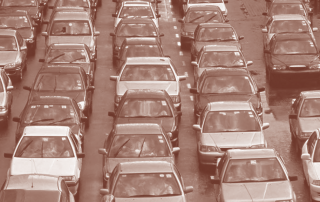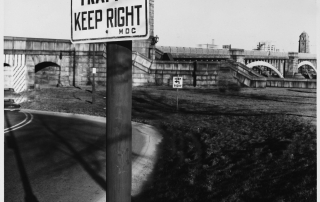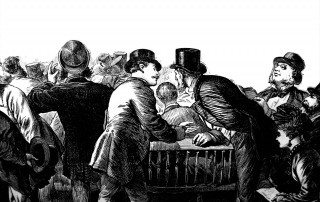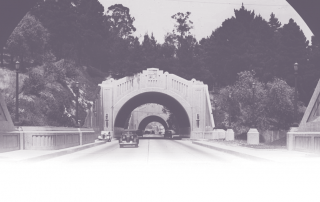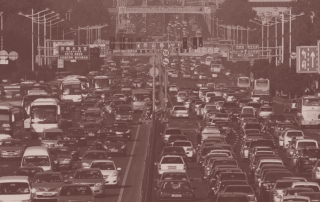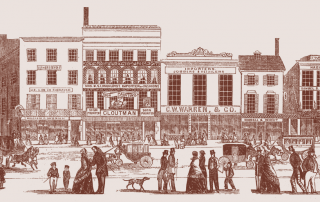ACCESS 41, Fall 2012
Introduction: Twenty Years of ACCESS
Robert Cervero
ACCESS is the face of the University of California Transportation Center. It is appreciated worldwide for its incisive commentary on transportation issues of the day and its nicely packaged summaries of cutting-edge UCTC research. This 41st issue of ACCESS is cause for celebration for it marks the magazine’s 20th anniversary. Hooray!
Download the PDF.

